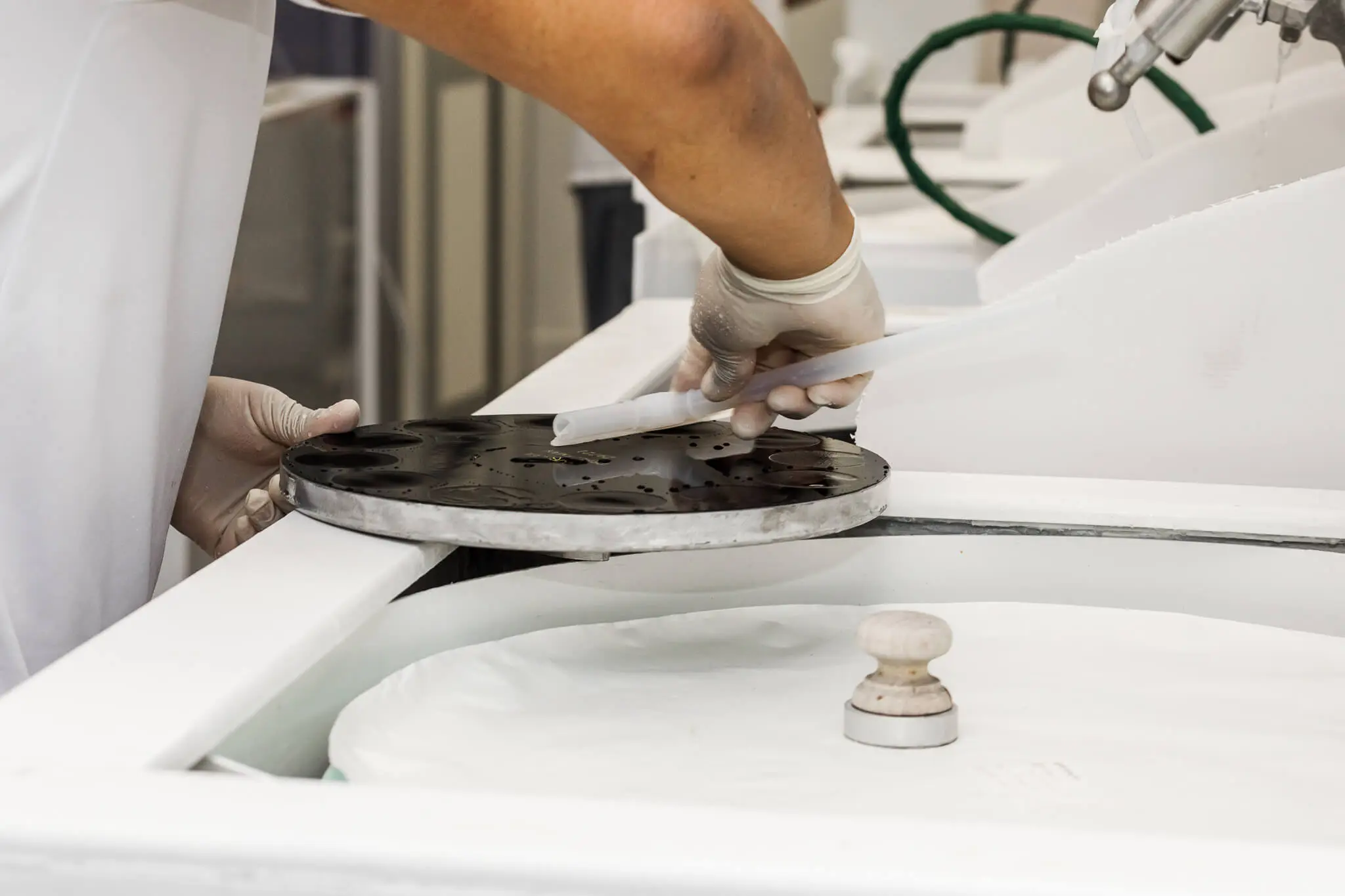In the fast-evolving world of semiconductor manufacturing, the shift toward wafer-level packaging (WLP) and die-level integration is accelerating. Whether you're building high-performance systems-in-package (SiPs), MEMS devices, or custom ICs, sourcing diced wafers or wafer-level die comes with unique challenges.
Unlike raw silicon wafers, these wafers demand a tighter focus on precision, cleanliness, traceability, and handling. This isn’t just about finding a vendor who can dice wafers—it's about choosing a reliable silicon wafer manufacturer or partner who can deliver ready-to-use die with consistent yield and process compatibility.
When sourcing diced wafers or wafer-level die, choosing the right manufacturer is just as critical as defining your specs. A qualified partner doesn’t just cut silicon—they safeguard your yield, ensure consistent quality, and help streamline downstream processes like packaging, testing, and assembly.
With wafer-level integration becoming more complex and sensitive to contamination, mechanical stress, and dimensional tolerance, working with a trusted supplier reduces risk, saves time, and protects your bottom line. That’s why, before committing to a vendor, it’s important to make sure they can meet your technical, logistical, and compliance needs.
To do so, here are 10 key questions to ask.
Before evaluating suppliers, you need to be crystal clear on what you need delivered. Start by defining:
Clarity here reduces misunderstandings and ensures the vendor can qualify your request against their capabilities.
How a wafer is diced significantly impacts edge quality, die strength, and yield. Ask your manufacturer what technique they use:
Your end-use application and packaging method may dictate one over the other. For example, optoelectronic die may require damage-free edges, while power devices need mechanical strength.
Don’t just ask if the wafers are diced—ask how many known-good die (KGD) are delivered per wafer. A professional wafer manufacturer should offer:
Even if you're not buying KGD, knowing the yield loss during dicing helps estimate your true cost per usable die.
Dicing introduces micro-debris, slurry residue, and surface contamination. These can compromise bonding, metallization, or encapsulation processes. Ask your supplier:
If you work in wafer-level bonding, MEMS, or sensor packaging, surface cleanliness is critical to avoid yield loss.
Once wafers are diced, proper packaging is vital to prevent die damage. Evaluate how the manufacturer:
Don’t assume packaging is “standard”—what works for power transistors may not suit thin image sensors.
For many industries—especially automotive, aerospace, and medical—traceability is non-negotiable. Ensure the supplier provides:
This level of documentation builds trust and helps you meet regulatory requirements down the road.
It’s not just about what they deliver—it’s about how they build it. Look into:
Suppliers who understand your design intent and end-use application can often offer insights or process improvements.
Especially for R&D or specialty production, you may not need full-volume lots. Ask upfront:
Agile suppliers who cater to low-to-mid-volume needs can be invaluable for startups or custom product development.
Cost isn’t just the per-die price—it includes:
Clarify what’s included in your quote, and whether volume pricing or supply agreements are available. A vendor offering higher per-wafer pricing but better yield and QA may be the more cost-effective choice long-term.
Finally, don't overlook the strategic side. Ask:
With global chip demand still volatile, partnering with suppliers who offer long-term sourcing assurance protects your product roadmap.

Diced wafers and wafer-level die aren't commodities—they're mission-critical components that demand precision, reliability, and clean handling. By following this procurement checklist, you can move beyond price quotes and into strategic sourcing, where quality, documentation, and delivery matter just as much as specs.
Whether you're building next-gen sensors, custom analog ICs, or advanced packaging modules, Wafer World is here to support you. Reach out if you want to experience how working with qualified silicon wafer manufacturers ensures your process runs cleaner, faster, and more reliably.